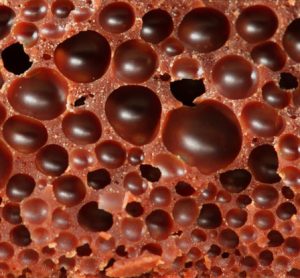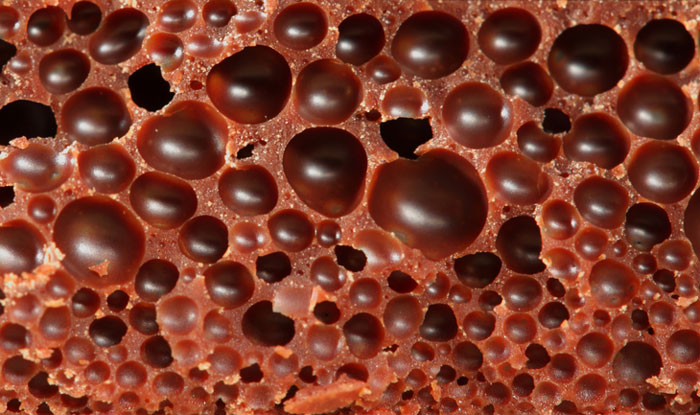Implementation of removing trans fatty acids originating from PVHO
6 November 2012 | By Sergey Melnikov, Lead Technologist and Oil Processing and Fat Blends Team Leader and Hans Zevenbergen, Nutrition & Health Europe and Cross-Category Nutrition & Health Director, Unilever
Trans fats (also known as trans fatty acids, or TFA) are formed in the digestive system of ruminants. In the food industry, a similar process called ‘partial hydrogenation’ is used to convert vegetable oils into solid fats for enhanced functionality and shelf life stability. The main sources of TFA in…










